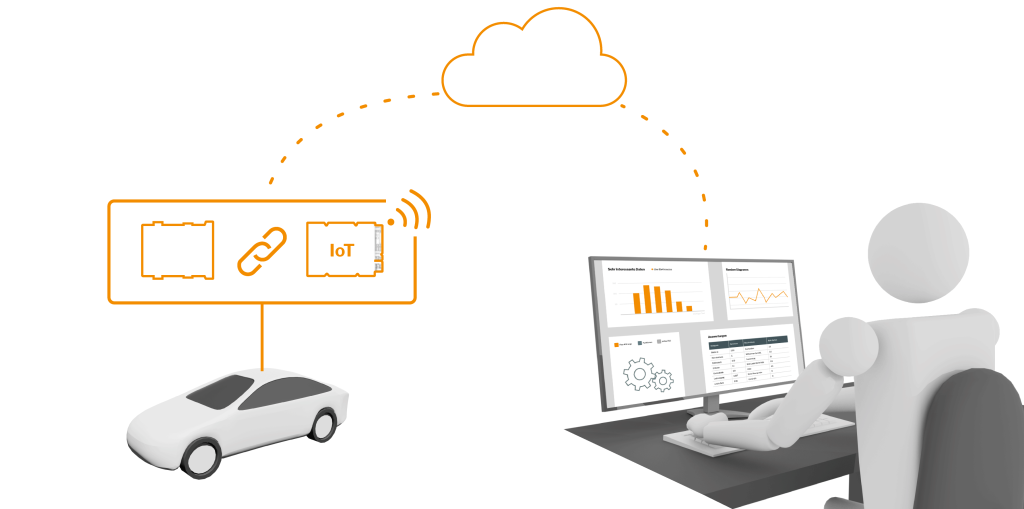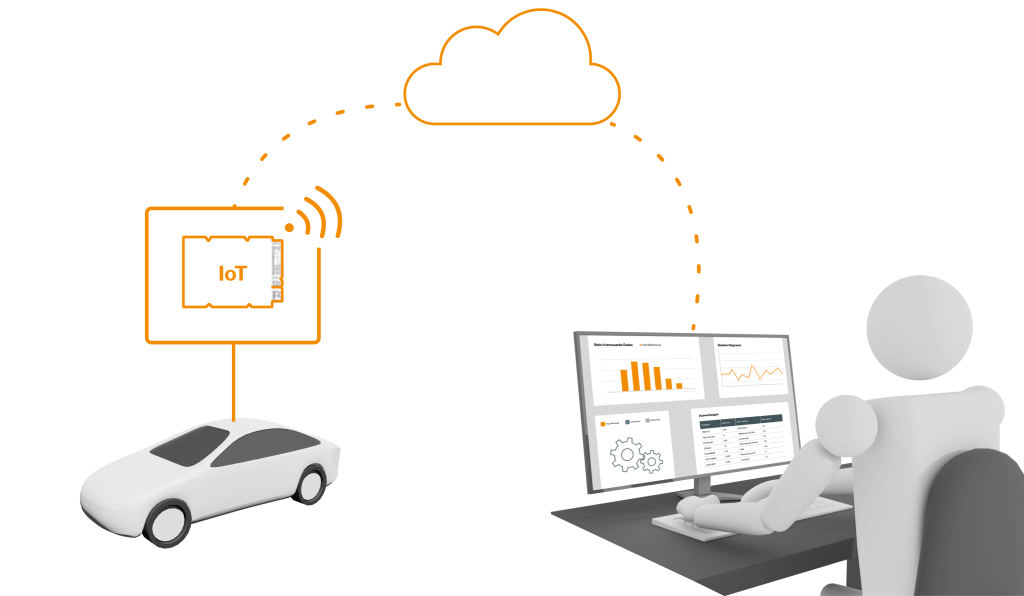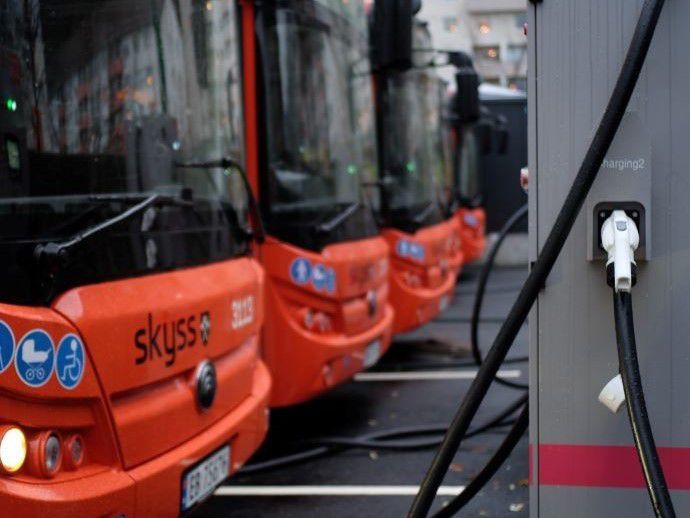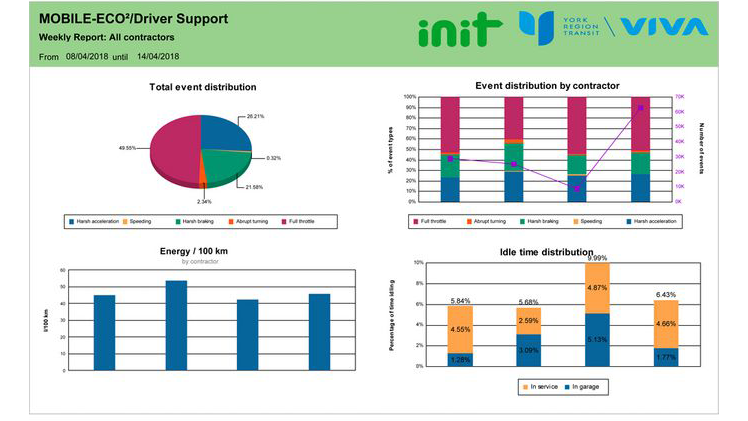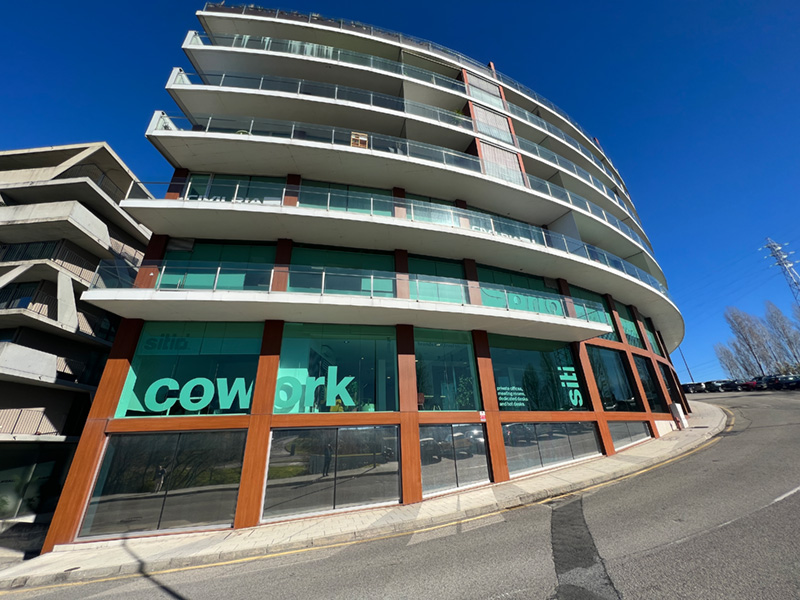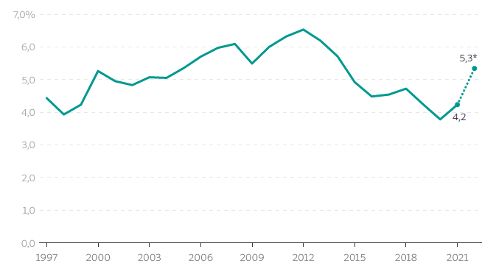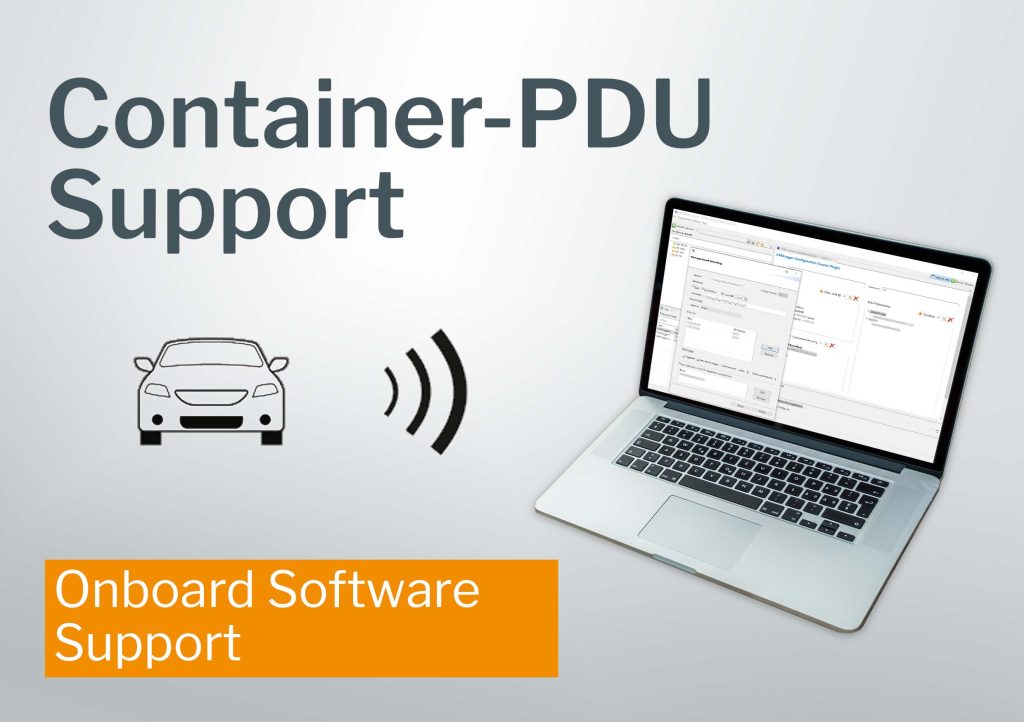Optibus breaks into smart charging in partnership with CarMedialab
Optibus, a leading software platform for planning and operating more efficient, sustainable public transportation networks, has launched a new initiative to break down the silos between electric bus network planning and charging operations. The move will see Optibus partner with CarMedialab, the leading provider for charge management in public transportation, to introduce to the market an end-to-end EV management solution that enables smarter charging and higher-quality, cost-effective EV networks.
The challenge of siloed EV progresses
The siloed nature of EV operational processes has become one of the greatest challenges in planning and operating electric bus services. Charging operations, which span peak shaving, load shifting, energy consumption and prices, and charging status, are monitored and controlled using specialized smart charging software. At the same time, route planning and scheduling for electric buses is performed using its own set of dedicated e-bus scheduling software.
The impact on services
These silos limit operators’ visibility into how routes and schedules align with and impact charging needs, and vice versa. Consequently, services may be designed with a lack of insight into important charging considerations, like battery status and costs.
Closing the gap: integrated smart charging solution
Optibus’ move into smart charging will enable those previously siloed processes to finally speak to each other. Combining Optibus’ artificial intelligence and optimization algorithms, which ensure that plans are operational and cost-effective, with CarMedialab’s ability to monitor charging in real-time, send alerts about charging activity, and automate processes, the integrated solution will span charging plans, energy requirement predictions, cost savings through peak shifting, and reporting integration.
Benefits for various stakeholders
Overall, the end-to-end EV management solution will create a new level of visibility for a vast array of stakeholders, including agencies, operators, depot managers, operating system providers, energy providers, city planners, government authorities, and regulators, into how charging and service plans impact each other, as well as enable the industry to make data-driven decisions about planning, operating, and implementing changes to electric bus networks.
“Developing smart charging strategies is new territory for many public transportation operators. We are proud to be partnering with a seasoned and ground-breaking leader in this field, CarMedialab, to bring their real-world implementation experience and technology to our clients and make it easier to address the entire life cycle of EV management,” said Lior Krupsky, Head of Strategic Partnerships at Optibus.
“We’ve known Optibus for years, but through our new joint projects we’ve learned how well we complement each other. It’s exciting to work together towards the global rollout of our smart charge management application,” said Heiko Bauer, CEO at CarMedialab.



